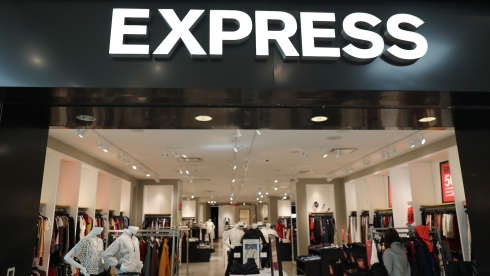November marks the end of the six-month grace period for May college graduates. So right now, and heading into December, scores of former students will have to begin repaying their student loans.
No matter what your career, paying off student loans is hard enough on an entry-level salary. But the process can be even more stressful if you get billed the wrong amount for your student loans.
What types of errors might you encounter, and how are such mistakes possible?
Your payments may be misapplied or mistakenly credited to the wrong account at any given time, particularly if you have multiple student loans. An error over interest rates or terms could occur. Or a technical glitch in the billing process could arise—as when someone puts a loan on automatic billing, but the payment isn’t received or recorded for some reason.
There could also be billing confusion when financial institutions buy and sell portfolios of student loans, or when the federal Department of Education transfers student loans. And finally, some borrowers also report billing errors or a lack of guidance from loan servicers during periods when borrowers face financial hardship.
So here’s how to handle the dilemma of being overcharged, or having to encounter a billing dispute for a student loan.
Make Copies of All Payments
If you think you have not been credited appropriately for payments you made to one or more student loans, you’ll need to send proof of payment to the lender holding your student loan.
Here’s what you need to do for each form of payment you sent:
- Personal check – send a copy of the check (both front and back)
- Cashier’s check, money order or Western Union payment – submit a copy of the check (front and back). Sending a receipt of this payment will not serve as proof of payment. You might need to contact your bank or Western Union in order to get a clean copy of the front and back of this type of check.
- Treasury Offset Program – send a copy of the notice from the U.S. Treasury’s Financial Management Service (FMS) from the IRS or State Department of Taxation that states your federal and/or tax refund (or other payments) were offset because of the student loan. You can call the FMS directly at 1-800-304-3107 to make a request for this statement.
- Credit card payments – send a copy of your credit card billing statement that shows where you sent funds to as payment for your student loan
Submit Supporting Documents
If you are making payments on a federal student loan, you should send the U.S. Department of Education some proof of your federal student loan payments. To do this, you must write a brief letter stating the discrepancy, and outlining the problem(s) you have experienced to date.
Again, make this letter relatively brief, no more than a page or so. Be sure to include your full name and Social Security number so that a representative can track down your account easily.
If you have a demand letter, or any type of notice about your student loan, send a copy of that document as well.
Your documents will need to be sent to:
UNITED STATES DEPARTMENT OF EDUCATION
Default Resolution Group/National Payment Center
P.O. Box 5609
Greenville, TX 75403-5609
Finally, anything you can provide to show you have indeed made payments and that they were not credited appropriately will help to resolve the situation.
Also, if the billing dispute involves a different matter—perhaps you’re being charged the wrong interest rate on a student loan—be prepared to provide any original documentation you have proving your initial interest rate or whatever terms were initially in force. Your original promissory note should do the trick.
Preventing Erroneous Student Loan Bills
In addition to these tips above, it’s also wise to take control of your student loan repayments before you actually get billed, according to experts at Sallie Mae.
They recommend that recent college grads to the following to help manage the student loan repayment process.
- Review the terms of outstanding loans: Recent grads need to take a look at what kind of loans they have. This means taking everything—interest rates, payment schedules and more—into account to fully understand the tasks ahead.
- Get organized: Keep loan materials in one place and set up calendar reminders around your payment due dates.
- Take advantage of loan provider resources: Your loan servicer is available to help you talk through your repayment and offer other options to keep you on track.
- Set goals: It is easier to see the light at the end of the tunnel when smaller milestones are set and achieved along the way to the end result.
The bottom line is: many college grads will take 10 to 20 years to pay off their loans. During that time period, it’s not farfetched that billing errors could occur—especially for those with multiple loans or college loans that have been re-sold.
So getting into the habit of tracking all student loan payments, monitoring your college loan accounts, and keeping good documentation could help prevent or fix any potential student loan billing problems.
If all else fails, you can also reach out to the Consumer Financial Protection Bureau for help. The agency has a complaint system that helps borrowers faced with billing errors, lost paperwork, and other student loan servicing issues.
Lynnette Khalfani-Cox is a personal finance expert and co-founder of the free financial advice site, AskTheMoneyCoach.com. Follow Lynnette on Twitter @themoneycoach and Google Plus.













